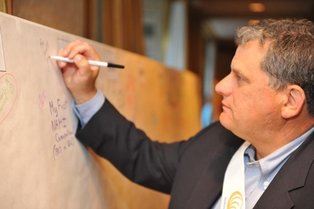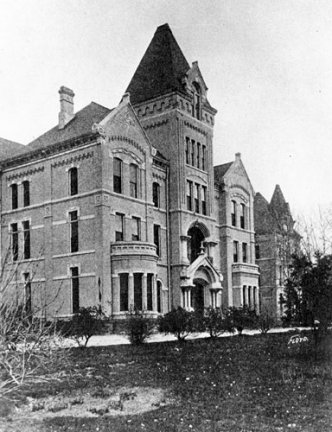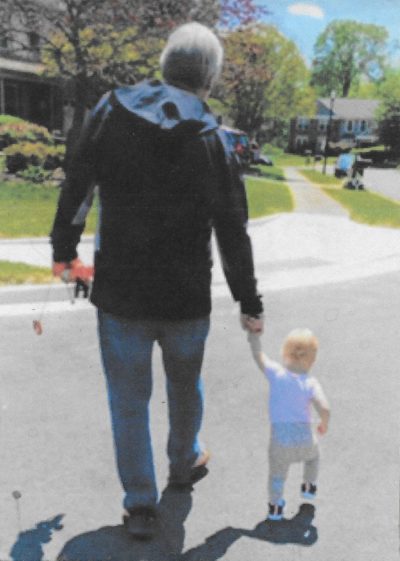
(9-16-21) Andrew Sperling, the National Alliance on Mental Illnesses‘ long-time director of Legislative and Policy Advocacy, has resigned and accepted a new lobbyist job with Intra-Cellular Therapies, a biopharmaceutical company founded in 2002.
Sperling has been NAMI’s Capitol Hill advocate for 25 years and is well-known and respected in congressional circles. During his tenure overseeing NAMI’s federal policy agenda in Congress and before federal agencies, he worked on passage of the historical Paul Wellstone and Pete Domenici Mental Health Parity and Addiction Equity Act of 2008, and played a key role in getting Congress to approve the Frank Melville Supportive Housing Investment Act. Those two major laws helped individuals with mental illnesses receive equable insurance treatment and assisted housing.
“I love NAMI and leaving was not an easy decision, but this was a once in a lifetime opportunity for me to join an exciting company that is focused almost entirely on developing novel medications designed to help people with mental illnesses,” Sperling told me. Click to continue…







